ALL
·
GRAN SELEZIONE
·
CHIANTI CLASSICO
·
CASALFERRO
·
TORRICELLA
·
METODO CLASSICO
·
SPECIALTIES
·
TUSCAN CLASSICS

CASTELLO DI BROLIO 2013
OLIO EXTRA VERGINE DI OLIVA DOP DEL CHIANTI CLASSICO
INFORMATION
Olives still not completely ripe yield Brolio’s “liquid gold.” The oil’s cold extraction is secured in a press of a traditional pattern using stone grinders.
PRODUCTION AREA
Gaiole in Chianti
26 hectares at various altitudes are dedicated to the cultivation of olives in specific areas and scattered on the estate.







